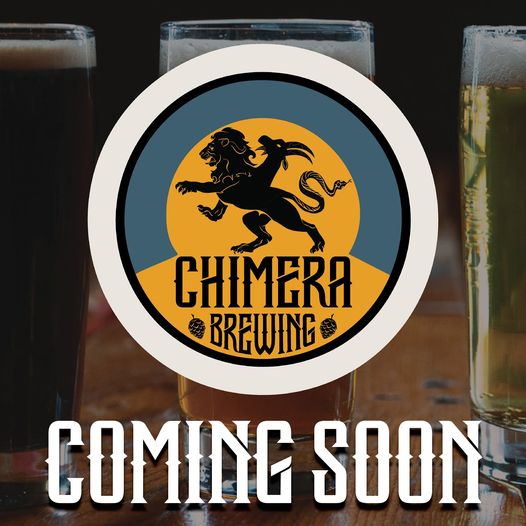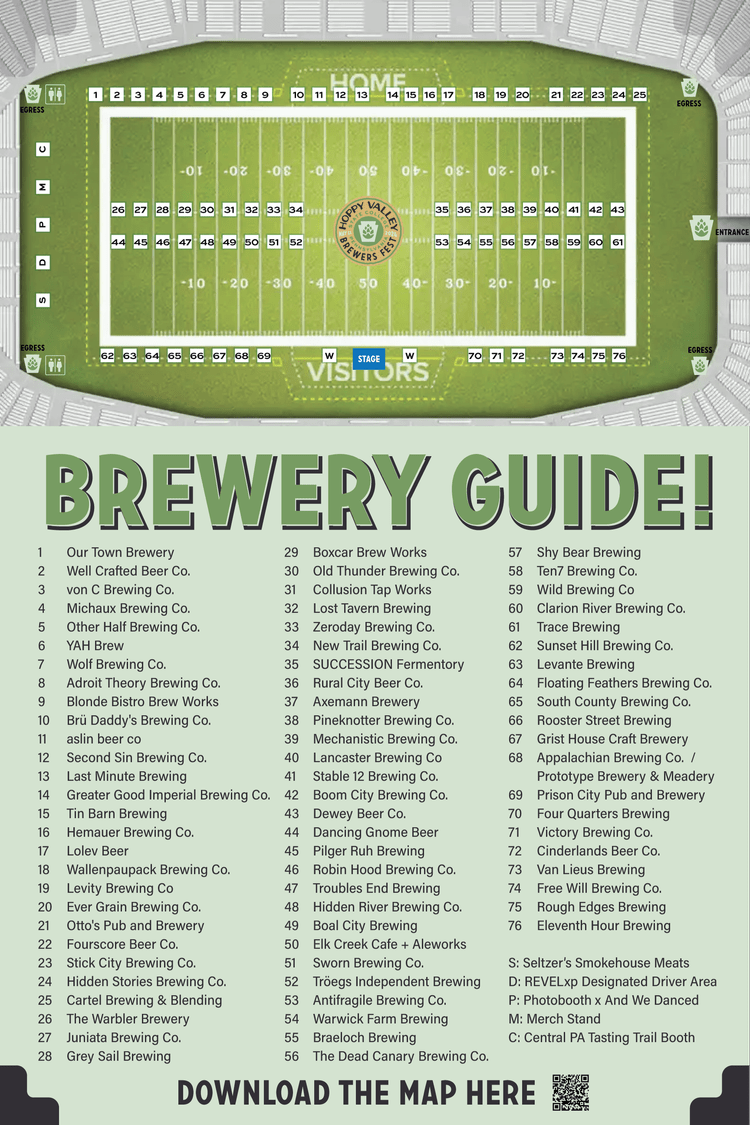Beer Education: Module Seven: Fermentation and Maturation
Up to module seven now, lucky number seven, and completing it on May sixth. I’m a little behind schedule (module nine just got released two days ago – Monday, the fourth), but lovely thing about this MOOC and doing online learning, I can play catch-up.
As per usual, the first page is an introduction video for the module. This one is a minute and twenty-eight seconds, and she discusses the module, fermentation, maturation, and that they have the head brewer of Orval as one of the guests for this module.
Our next page is a text overview page. It has a list of terms and definitions.
- Fermentation – The process by which yeast cells convert sugars present in wort into ethanol, carbon dioxide and flavor compounds.
- Green Beer – Immature beer. After fermentation but before maturation.
- Maturation – Can also be called conditioning or secondary fermentation (most notably in the US). (There is also WARM CONDITIONING and COLD CONDITIONING.)
- Bottle refermentation – Commonly called bottle conditioning. How most home brewers finish carbonation of their beers.
After the list of vocab words there’s a diagram explaining the steps. Starting with cooled wort and propagated yeast, to pitching, pitched wort, fermentation, green beer, maturation, beer, and finally ending at ‘possible bottle refermentation’.
Moving on, our next page is propagation. “To obtain good fermentation results, both quantity and quality of yeast cells is important. This can be achieved during propagation. To ensure a sufficient quantity of yeast cells for fermentation, all yeast propagation regimes consist of different steps where yeast cultures are grown in progressively increasing volumes.” (Edx: The Science of Beer Brewing. Module Seven.)
The steps of propagation are usually as follows: isolation of desired yeast cells, propagation in the lab, and propagation in the brewery.
The next page is a discussion page about yeast propagation. Their question: “Thinking back about what you have learned about yeast in Module 5 of this MOOC, why do you think these factors are important? You can discuss with your fellow students on the discussion forum!”
My post: Yeast is one of the biggest driving force behind flavor in a beer. You need the right requirements and factors to keep the yeast well and good for brewing. Sufficient temperature is always a big issue. Keeping the yeast right insures flocculation and FLO and makes sure you get no off flavors in your beer. (A common one being a ripe banana taste.)
Moving forward, we come to: “Dried Yeast – a Special Case”. Most home brewers (in the US especially) will be familiar with dry yeast. A lot of home brew shops sell dry and wet yeast packets from a variety of companies. This text page details how dry yeast is produced, and how you rehydrate it.
Clicking next, we have another text page about pitching yeast. This is when yeast is added to wort. The number of yeast cells added to a wort (at a specific volume) is called the pitch rate or pitching rate. The higher the pitching rate (the more yeast cells) the less fermentation time. The page then has a chart about different pitching methods. Such as: pitching freshly propagated yeast, pitching active dry yeast, re-pitching from a previous fermentation, and drauflassen.
The next page is about fermentation. “During fermentation, yeast converts fermentable sugars, present in wort, into CO2 and ethanol. At the same time, hundreds of secondary metabolites that influence the aroma and taste of beer are produced. Variation in these metabolites across different yeast strains is what allows yeast to so uniquely influence beer flavor.” (EdX: The Science of Beer Brewing). (See also: Module Five: Yeast.) This is then followed by a very large diagram.
Fermentation can be done in an open or closed vessel. Most home brewers and craft breweries in the US ferment with closed vessels. Throughout the fermentation process, brewers can keep track of the fermentation progress by taking samples, they then analyze its wort gravity. (Similar to that of original gravity and final gravity.)
Moving on, we get to conditioning. Not altogether unlike an athlete, conditioning is final fermentation (or secondary fermentation). Where fermentation is the heavy lifting, conditioning is the cardio and toning. This is when green beer matures (primarily in flavor) and can be carbonated more. Two (of several) types of conditioning are warm and cold conditioning.
“Warm conditioning is sometimes also called diacetyl rest or VDK stand. This is a period where the green beer is stored at warm temperatures for final flavor and colloidal stability. During warm conditioning, yeast cells can take up the diacetyl from the green beer and convert it into acetoin and subsequently 2,3-butanediol.” (EdX: The Science of Beer Brewing. Module Seven.)
“Cold conditioning is sometimes also called lagering. When fermentation is finished, and often after a period of warm conditioning, the green beer is cooled (either in the fermentation tank or in a separate lagering tank) and stored at low temperatures (-1 to 5°C) for several days (ale beers) or up to several weeks (lager beers). These low temperatures cause yeast cells to further sediment and also cause precipitation of proteins (a so-called chill haze, due to the formation of protein-polyphenol complexes). Together, this results in clarification of the beer. Lagering also allows for flavor maturation of the green beer – acetaldehyde levels (green apple, solventy) and sulphur compound levels (rotten egg, garlic) drop, amongst others due to CO2 gas stripping. For lager beers, this ultimately results in their characteristic clean, crisp taste.” (EdX: The Science of Beer Brewing. Module Seven.)
“Conditioning of beers in wooden barrels deserves a special mentioning here. After fermentation, the beer is further matured in wooden barrels. These wooden barrels are often made of oak and are often re-purposed from bourbon, whisky, wine, brandy, sherry or port production. The toasting of the oak affects the type of flavors that are imparted by the wood to the beer. Toasting is a process whereby the wood is brought to a specific temperature (often between 150-240°C) for a certain time. This heat causes complex thermal degradation reactions of for example polysaccharides present in the wood to take place – resulting in the production of aroma-active volatile compounds. Lightly toasted oak will impart a spicy flavor, whereas more heavier toasted oak can result in smoky and coffee-like flavors (Doesn’t this remind you of what is happening during the kilning of malt? In fact, toasting also creates furfural and HMF!). Vanilla and caramel are two other wood-derived flavors. The beer will also absorb the flavors of whatever was stored in the barrel before, such as wine or bourbon. Additionally, the microbes present on the wood can also contribute additional flavor compounds to the beer. These barrels can be re-used for several maturation rounds. Conditioning in wooden barrels can take several months. To give these wood-derived flavors to their beers, some brewers work with wood chips instead of full wooden barrels.” (EdX: The Science of Beer Brewing. Module Seven.)
Up next is a text page on bottle refermentation. Priming sugar and yeast cells are added to the bottle when the wort (now beer) – beer is transferred from the fermenting vessel to the bottle. (Home brewers will add just the priming sugar.)
Next is an expert clip from Anne-Francoise Pypaert, head brewmaster for Orval; it is a 7:14 minute video. In the clip, she talks about yeast, fermentation, conditioning, and how they do all of that at the Orval Brewery.
This is followed by a quick three-question quiz. (Drag and drop, and two multiple checkboxes.)
The next two pages are about fermentation vessels. The first page about what you can use. The second page about different types of vessels. Starting with open vessels and discussing coolships (used for lambics). Then discussing closed vessels. Fermentation vessels can be horizontal or cylindroconical. Cylindroconicals (or conicals) have a few advantages: easy to clean and sanitize, possibility to recover CO2 produced during fermentation, possibility to recover and easily remove (and thus reuse) [yeast] cells at end of fermentation, and possibility to install and use specific fermentation temperature devices and techniques.
After this is a three and a half minute video about the changes during the fermentation process. Notable changes in pH and Nitrogen. There is also changes in beer color, beer flavor, and acids. Due to the drop in pH the precipitation of polyhenols begins.
There is some factors affecting fermentation. They are:
- Extract content
- Ethanol levels
- Trace elements and other nutrients
- Oxygen
- Temperature
- Pressure
Moving on in the module, we come to a text page about the intro to yeast handling after fermentation. “In almost all breweries, yeast cells are used for a number of cycles, or in other words, a number of fermentations. Hence, yeast is collected at the end of a fermentation round so that it can be used in a subsequent fermentation. This process of inoculating a new batch of fermentations with yeast cells from the previous fermentation batch is also called repitching or backslopping and this practice has been used by brewers for centuries. ” (EdX: The Science of Beer Brewing. Module Seven.)
Yeast recycling passes through two phases:
- Yeast Cropping
- Yeast Purification
First up is yeast cropping. This is when yeast cells are collected from the fermentation vessel. Most conicals allow for easy retrieval from the bottom of the vessel, before the beer is even removed. For top-fermentation systems, the yeast will be on the top and you just skim them off the surface / top.
You can also do yeast centrifugation. “At the end of primary fermentation, the entire yeast crop can also be removed by centrifugation. A second, more frequently used option, is to first remove the main yeast crop by skimming or plug removal and then centrifuge the green beer to remove any remaining yeast cells. ” (EdX: The Science of Beer Brewing. Module Seven.)
After cropping the yeast cells (and prior to repitching) you must purify the yeast. This can be done either by sieving or acid wash.
Sieving – As you have seen in the previous part on yeast cropping, collecting yeast from the correct layer of your fermentation will already reduce contamination of the yeast crop with trub particles.
Acid Wash – This is done using phosphoric, sulphuric or citric acid. The yeast crop is chilled before washing and this yeast slurry is gently stirred while the acid is being added.
The next page is about yeast storage. The most common ways of storing yeast are ‘yeast cakes’ and ‘yeast slurry’. (Neither sounds too appetizing.) Kveik yeast strains get stored differently. (Kveik is Norwegian for yeast.) “Farmhouse brewers would only brew a couple of times a year, implying that the yeast they used needed to be stored in-between these brews. This was traditionally done using a so-called kveik ring or kveikstokker – a wooden structure in the shape of a ring or log. This structure was dragged through the fermentation, in this way collecting yeast cells from the fermentation. Next, the ring or log was put up to dry. When it was time to start the next brew, this ring was simply dipped in the wort (that was often still very warm: 30-40°C – this also explains perhaps why Kveik yeasts do so well at higher temperatures). In this way, Norwegian farmhouse brewers were backslopping their yeasts from one fermentation to the next!” (EdX: The Science of Beer Brewing. Module Seven.)
The following page is a ‘do it yourself’ about other food fermentations and page discussion. The next page is a verified track content page (practical tips for brewers). We’ve now come to the overview and end-of-module checklist, as well as the assessment for verified track learners. As usual, this is followed up with the feedback and questions page, and then the end of module page. So another module done! Clicking next will take you to the intro age for module eight, which is where we will pick up next time.
Another long module worked through and done. I hope you all are learning as much as I am and enjoying this as much as I am.
Cheers!
-B.Kline
The Beer Education Series:
** EdX: The Science of Beer Brewing
* Beer Education: Series
* Beer Education: Syllabus
* Beer Education: Introduction
* Beer Education: Module One: The History of Beer Brewing
* Beer Education: Module Two: Barley and Malting
* Beer Education: Module Three: Water
* Beer Education: Module Four: Hops and Spices
* Beer Education: Module Five: Yeast
* Beer Education: Module Six: The Steps of the Brewing Process
* Beer Education: Module Seven: Fermentation and Maturation
* Beer Education: Module Eight: Filtration and Packaging
* Beer Education: Module Nine: Beer Quality and Stability
* Beer Education: Module Ten: Beer Assessment and Tasting
* Beer Education: Series Overview




